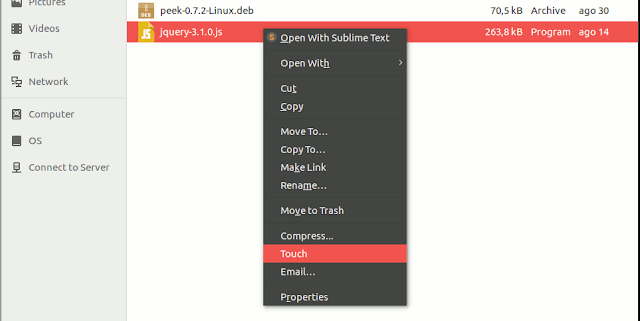I had to use another laptop for some days and I didnt want to install packages that left garbage behind when moving away from this machine.
These are the two guides I followed for reference :
- https://phoenixnap.com/kb/mysql-docker-container
- https://towardsdatascience.com/connect-to-mysql-running-in-docker-container-from-a-local-machine-6d996c574e55
Preparation
In my case docker was already installed. docker can run from my user, so no need to append `sudo` to any `docker` command
Install mysql server via docker
The key here is to use the official mysql package from docker hub
# https://hub.docker.com/_/mysql
docker image ls
docker pull mysql:latest
docker image ls
# create a volume in local machine
docker volume create mysql-data
docker volume ls
docker volume inspect mysql-data
# map a local directory to host the config
mkdir -p /home/jesus/projects/docker/mysql-volume/conf.d
echo -e '[mysqld]\nmax_connections=100\nmysqlx= 0' > /home/jesus/projects/docker/mysql-volume/conf.d/my-custom.cnf
then create the container
docker run \
--detach \
--name=mysql_server \
--publish 3306:3306 \
--volume=/home/jesus/projects/docker/mysql-volume/conf.d:/etc/mysql/conf.d \
--volume=mysql-data:/var/lib/mysql \
--env MYSQL_ROOT_PASSWORD=root \
--env MYSQL_ALLOW_EMPTY_PASSWORD=yes \
mysql:latest
docker ps
docker logs mysql_server
change root password
# access to the container in interactive mode
docker exec -it mysql_server bash
#supply initial root password (to enter mysql inside the container)
mysql -uroot -proot
# SET PASSWORD FOR 'root' = 'something-super-secret';
SET PASSWORD FOR 'root' = '';
FLUSH PRIVILEGES;
# enable docker access from anywhere (probably the image has this already)
UPDATE mysql.user SET host = '%' WHERE user='root';
FLUSH PRIVILEGES;
Install mysql client
Install the client in your machine that accesses the mysql server running in the docker container. For other distributions adjust the method to install the mysql client (only the client is needed). The mysql site provides that information.
First, add the mysql repo. Go to https://dev.mysql.com/downloads/repo/apt/ and get the latest repository available. In my case (@2021-10-01). Adjust the .deb package accordingly.
# add the repowget https://dev.mysql.com/get/mysql-apt-config_0.8.19-1_all.deb
#Click OK with the default options or select which mysql you want
sudo dpkg -i mysql-apt-config_0.8.19-1_all.deb
rm mysql-apt-config_0.8.19-1_all.deb
# install the client from the repo
sudo apt-get update
sudo apt-get install mysql-client
# sudo apt-get install mysql-server
ensure it works
mysql -uroot -h127.0.0.1 -P3306
# or with password
# mysql -uroot -p -h127.0.0.1 -P3306
😄 Fin!
P.S. Useful commands
docker start mysql_serverdocker stop mysql_server
docker restart mysql_server
docker ps
docker volume inspect mysql-data
docker container ls --all
mysql -uroot -p -h127.0.0.1 -P3306
# dangerous!
docker rm mysql_server
docker volume rm mysql-data






